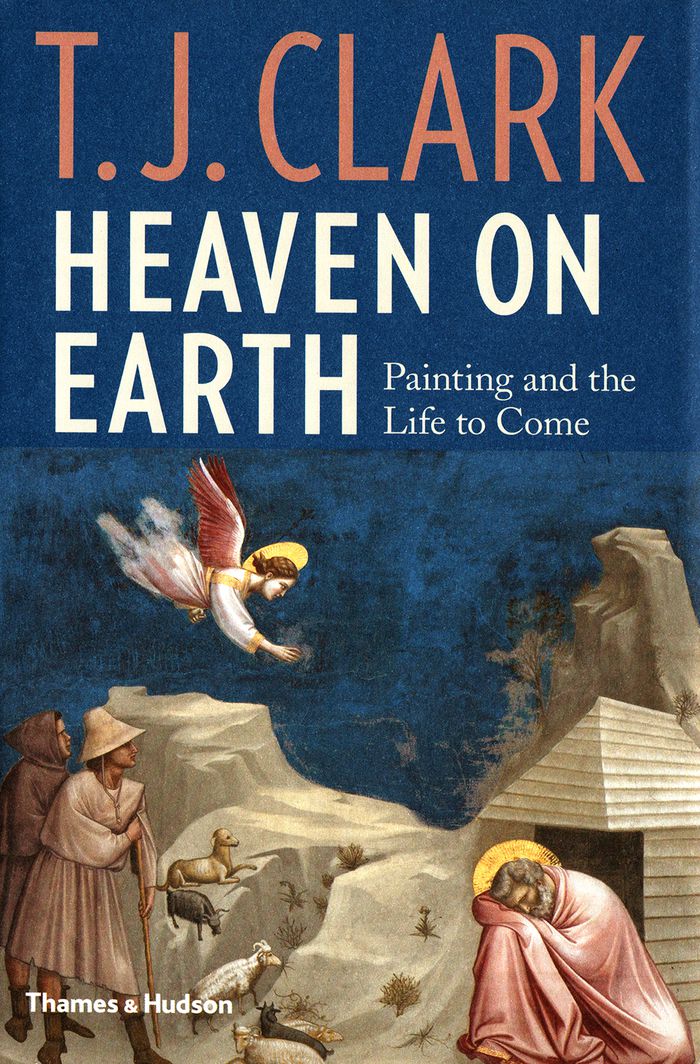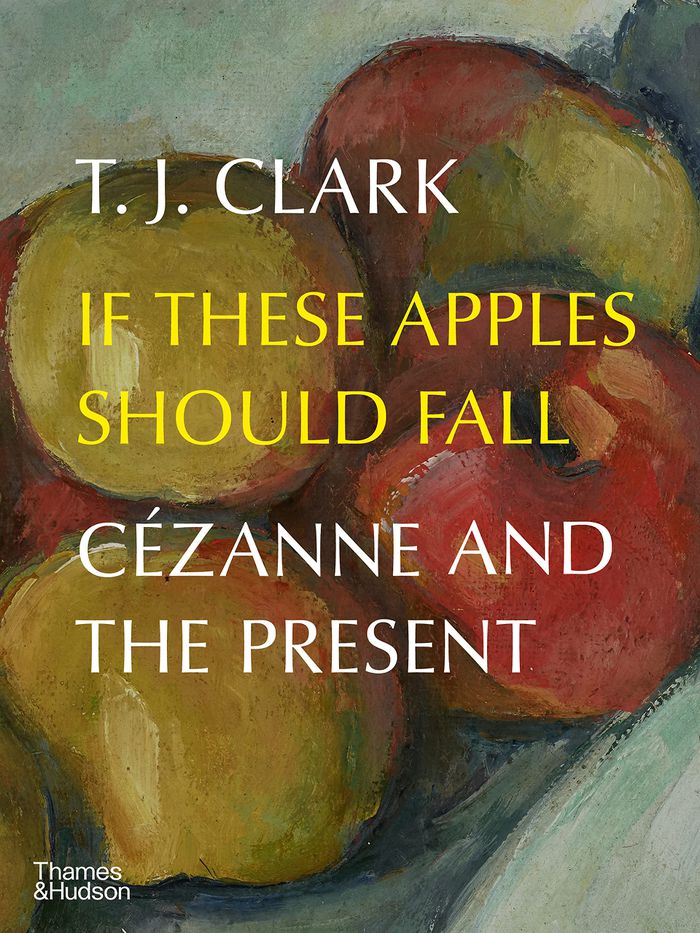$45.95
(available to order)
Summary:
In this latest work, art historian T. J. Clark sets out to investigate the different ways painting has depicted the dream of God's kingdom come: heaven descended to earth. He goes back to the late Middle Ages and Renaissance- to Giotto in Padua, Bruegel facing the horrors of religious war, Poussin painting the Sacraments, and Veronese unfolding the human comedy, in(...)
Heaven on earth: painting and the life to come
Actions:
Price:
$45.95
(available to order)
Summary:
In this latest work, art historian T. J. Clark sets out to investigate the different ways painting has depicted the dream of God's kingdom come: heaven descended to earth. He goes back to the late Middle Ages and Renaissance- to Giotto in Padua, Bruegel facing the horrors of religious war, Poussin painting the Sacraments, and Veronese unfolding the human comedy, in particular his inscrutable Allegory of Love. Was it ultimately to painting's advantage that in an age of orthodoxy and enforced censorship (threats of hellfire, burnings at the stake) artists found ways reflect on the powers and limitations of religion without putting their thoughts into words? In conclusion Clark brings us into the Nuclear Age with Picasso's Fall of Icarus, made for UNESCO in 1958, which already seems to signal, or even prescribe, an age when all futures are dead.
Art Theory
If these apples should fall
$53.95
(available to order)
Summary:
For many artists and writers, the art of Paul Cézanne represents the key to modernity. His paintings were a touchstone for writers such as Samuel Beckett as much as for artists such as Henri Matisse. Rainer Maria Rilke revered him deeply, as did Pablo Picasso. They thought if they lost touch with his sense of life, they lost an essential element of their own(...)
If these apples should fall
Actions:
Price:
$53.95
(available to order)
Summary:
For many artists and writers, the art of Paul Cézanne represents the key to modernity. His paintings were a touchstone for writers such as Samuel Beckett as much as for artists such as Henri Matisse. Rainer Maria Rilke revered him deeply, as did Pablo Picasso. They thought if they lost touch with his sense of life, they lost an essential element of their own self-understanding. In ''If these apples should fall,'' celebrated art historian T. J. Clark looks back on Cézanne from our current moment when such judgments need justifying. What was it, he asks, that held Cézanne’s viewers spellbound? At the heart of Cézanne’s work lies a sense of disquiet: a hopelessness haunting the vividness, an anxiety beneath the splendid colors. Clark addresses this strangeness head-on, examining the art of Camille Pissarro, Matisse, and others in relation to Cézanne’s. Above all, he speaks to the uncanniness and beauty of Cézanne’s achievement.
Art Theory

